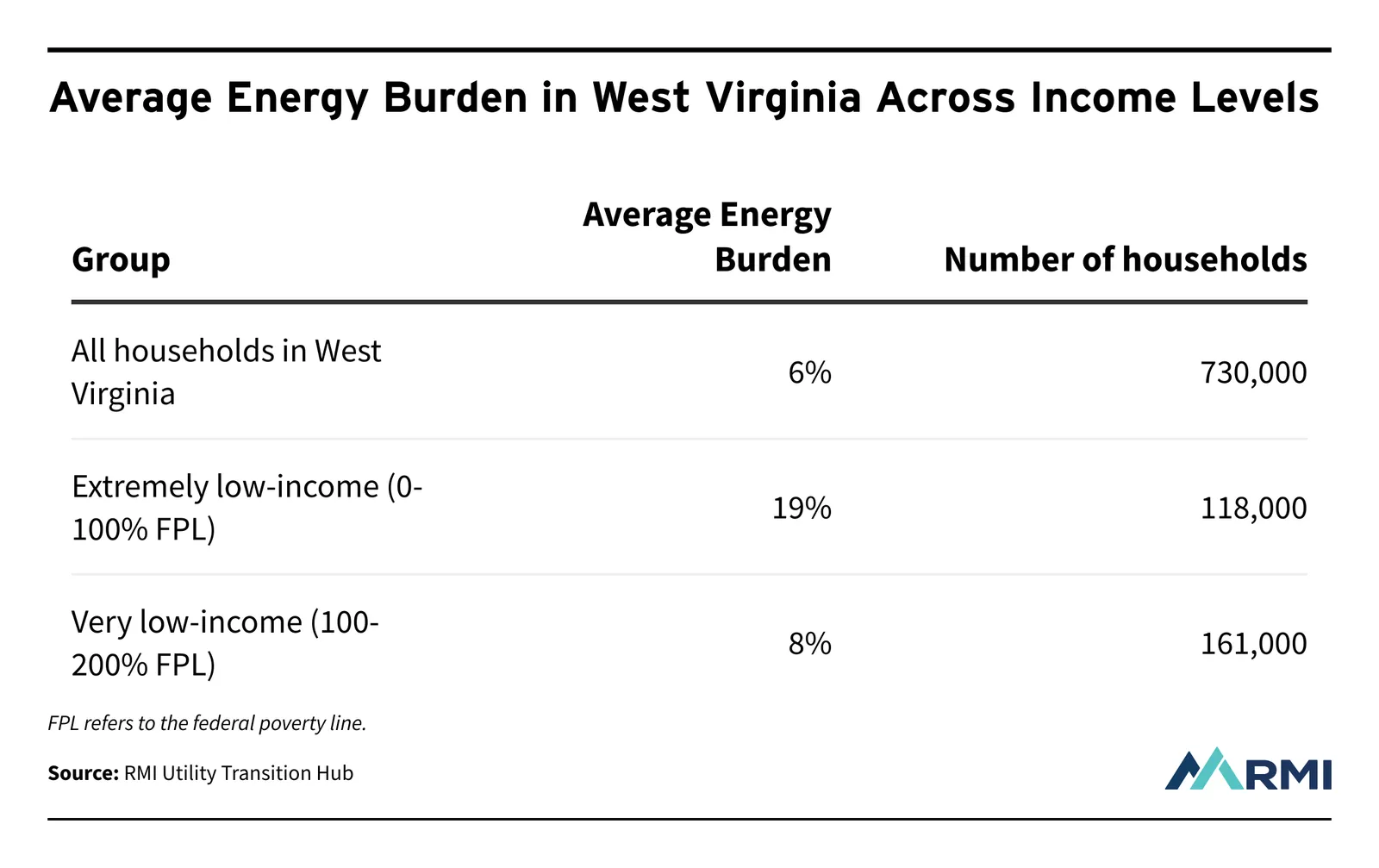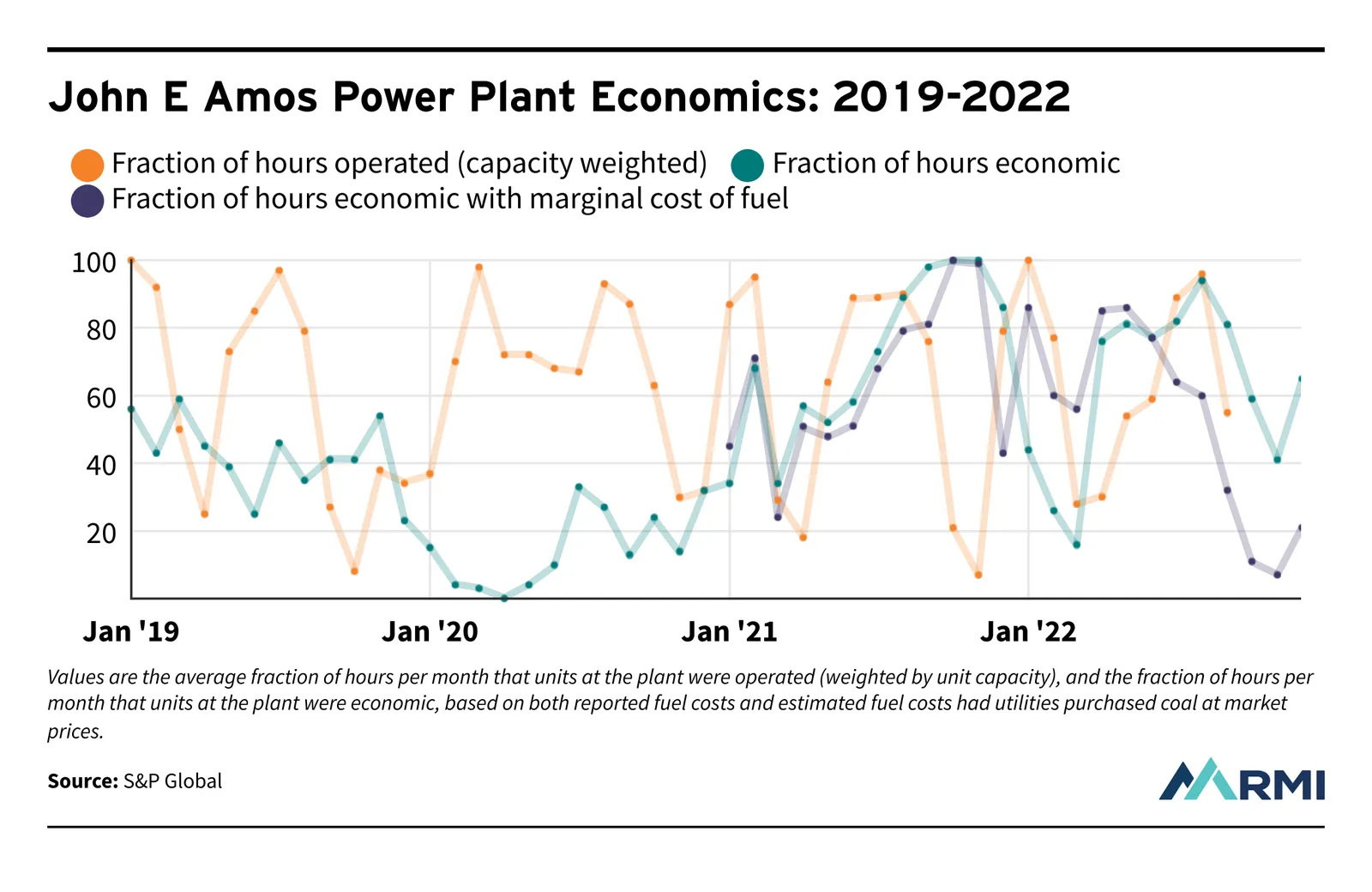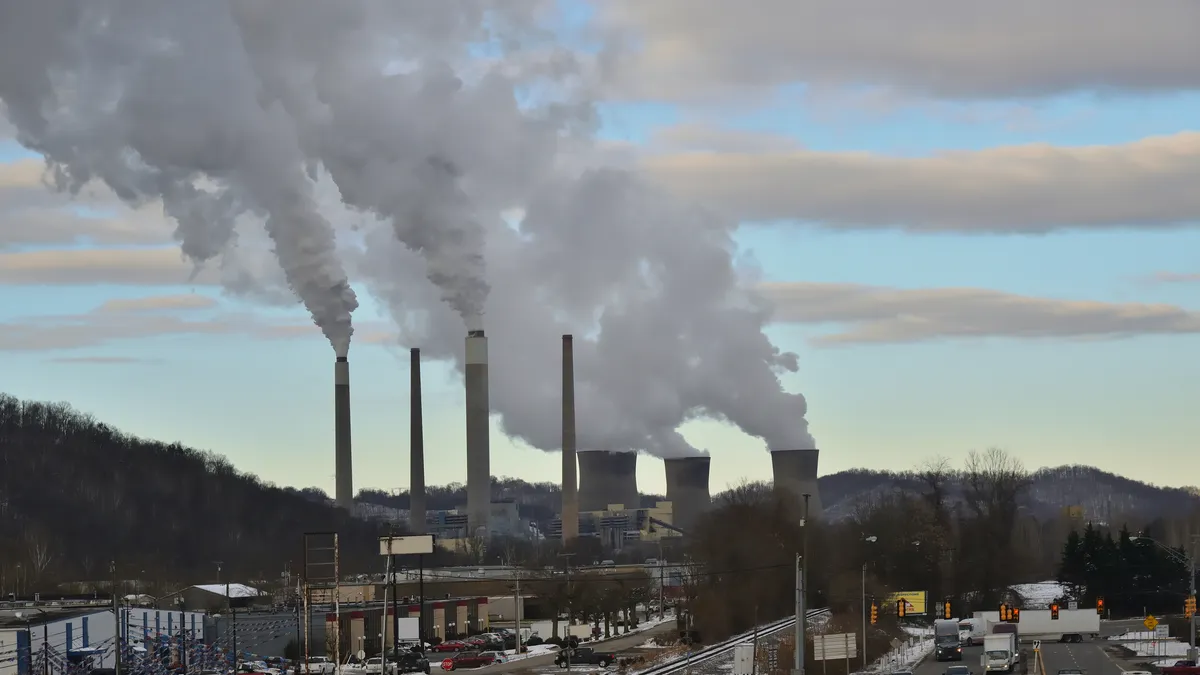Ashtin Massie, Maria Castillo and Joe Daniel are electric sector experts at RMI, a non-profit focused on the energy transition.
With electricity bills consistently higher than the national average, and only expected to continue to rise, West Virginia is at a crossroads in its energy pathway. Consequently, the state’s regulatory commission has opened a task force to ensure an affordable electricity supply for West Virginia’s ratepayers, representing a real opportunity for commissioners to assess options for reigning in the state’s rising energy bills.
The commission has an important choice to make: it can either proceed with a proposal to have utilities run the state’s coal plants more or it can shift to require that utilities utilize the lowest-cost sources of energy on the grid available to customers regardless of fuel type.
RMI analysis has shown that operating expensive power plants before cheaper available electricity sources will only add to ratepayers’ bills and exacerbate existing issues with energy burden and affordability. This past year, a quarter of households nationwide reported reducing or forgoing necessary expenses in order to pay their energy bills. At a time when a significant share of households in West Virginia have higher electricity bills and energy burden than the national average, state-level officials have an opportunity to consider a broader range of solutions with the potential to ease energy burden. An excellent starting point is for utilities to follow the fundamental market process of economic dispatch.
The false solution
In a commission case during the summer of 2021, West Virginia’s regulators declared that one of the electric utilities in the state, AEP, needed to operate its coal plants at a minimum 69% capacity factor. For reference, the average capacity factor of all coal plants in the United States in 2022 was 47.8%.
The most vocal proponent of high coal plant capacity factors is the West Virginia Coal Association, whose members, mostly coal suppliers, would benefit if utilities sign larger coal supply contracts, especially at prices that are still well above long-term averages despite recent declines.
Yet, if utilities are required to sign long-term fuel contracts at today’s elevated coal prices, ratepayers are the ones that would ultimately see their energy bills and burden rise, since customers pay for all the operating costs incurred by their utilities. Recent testimony by the CEO of Longview Power detailed the extensive financial burden placed on customers when older coal plants are expected to operate reliably at high capacity factors.
AEP has also protested, arguing that operating coal plants at such high rates could be uneconomic and would increase costs for consumers.
West Virginia’s energy burden
Meanwhile, hundreds of thousands of families across West Virginia are already feeling the pain brought on by high electricity bills. In 2021, the average monthly electric bill for a residential customer in West Virginia was $129.61. This is more than 7% higher than the national average of $121.01 per month. That’s before a recent proposed rate increase that would make energy bills even higher.
Households across West Virginia are also spending a higher share of their income on energy than the national average. The lowest-income families in West Virginia, of which there are over 100,000, have an average energy burden of 19%, meaning about a fifth of their entire income is spent solely on energy costs.

The real-world consequences of high energy burdens are devastating, as families become trapped in the energy-poverty cycle and are forced to make harrowing decisions such as forgoing expenses on food and healthcare to pay their energy bills — a reality for 30% of households in West Virginia that reported forgoing necessary expenses for at least one month to pay their energy bill.
Economic dispatch: A proven affordability solution
It’s clear that West Virginians need dependable and affordable electricity, and one solution is already available to their utilities. West Virginia’s utilities are members of the PJM Interconnection, whose grid operators aggregate which power plants are available in the region for every hour of every day and call on the lowest-cost ones to operate through the process of economic dispatch.
When utilities bypass economic dispatch decisions, they operate expensive power plants over other cheaper, available options in the region, while passing the excessive costs on to their customers. Based on RMI’s research, West Virginia’s utilities have been operating their coal plants while incurring large losses and could have saved their ratepayers money by taking advantage of cheaper available power sources in the PJM market.
In 2019 and 2020, for example, the John E. Amos power plant, a 2.9-GW coal-fired plant built in 1971, collectively incurred nearly $59 million in gross operating losses from operating uneconomically. During that time, the plant ran at about a 40% capacity factor. Had AEP tried to hit the 69% target, it would have incurred even more losses on the backs of customers.
There have only been two periods — a four-month period in the fall of 2021 and a three-month period in the spring of 2022 — when this plant could have potentially operated more frequently and not incurred huge losses. However, when accounting for the current market rates of coal, which have been higher than historical averages, losses are even greater. Similar trends can be seen across the fleet of West Virginia coal plants and create concern around the financial impact that higher operations will have on families across the state.

Affordable energy is within reach
By encouraging utilities to follow economic dispatch, regulators and policymakers can ensure that ratepayers are paying for the lowest cost power available today. In contrast, running West Virginia’s coal plants more than economics suggest will only increase utility spending and ratepayer costs. In the long term, clean energy in West Virginia has the potential to create an affordable and dependable energy supply for West Virginia’s ratepayers along with additional long-term community benefits. Opportunities for additional savings are especially crucial now that a significant share of households across the state are feeling the pain from their energy bills.
Families across West Virginia deserve to have access to energy that is affordable and allows them to live free of the risk of forgoing basic expenses or facing a utility shutoff. A mandate to operate coal plants at proposed high levels undoubtedly exacerbates the ongoing affordability crisis that is already hurting hundreds of thousands of West Virginians. Instead, better solutions exist to ensure that affordable energy is accessible for all.





















